
Bi-directional DC-DC power converters with high-voltage DC-DC gain
This technology proposes a novel circuit topology to achieve significantly improved performance when integrated into an EV’s bi-directional DC-DC converter technology or any other application. The design allows for high voltage gain (Step up or Boost) when the converter is supplying energy, i.e., input source (lower DC voltage) to the output (higher DC voltage) load. It is also capable of a high voltage reduction ratio (Stepdown or Buck) when energy is flowing from the higher voltage side source to the lower voltage side load. Seamless transfer from boost to buck mode and vice versa is possible, and this feature is useful for bi-directional power flow such as regenerative breaking. It enables a number of benefits that allow electric vehicles to use several lower voltage batteries in parallel thus improving the reliability.
WO 2021/181273-A1
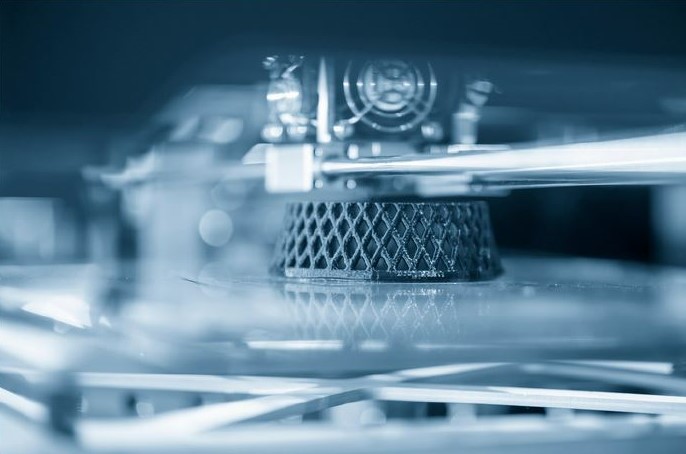
Novel technique to directly create microstructures on membrane via 3D printing without assembling
The developed 3D printing-on-membrane in this invention provides a unique way to create complex 3D structures directly on a porous membrane to form assemble-free all-in-one filtration devices. Using the developed technique, different membranes can be structured and functionalized including polymeric or metallic material, with pore size ranging from nanometer to micrometer. The choices of 3D printing ink range from polymer, hydrogel and ceramic. The enhanced and unique attachment between the membrane and 3D-printed spacer/structure through this novel technique creates the potential and opportunity which did not exist before, that is, the ability to have continuity and discontinuity of physico-chemical properties within membrane devices for broad water and energy applications.
U.S. 63/226,291
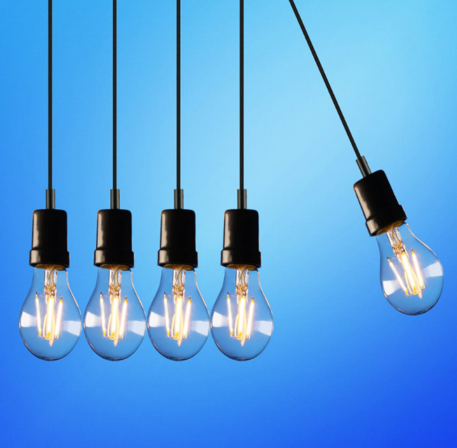
Harvesting energy from multiple energy sources
There is a market need for energy harvesting technologies due to the increasing adoption of mobile and portable devices. The developed energy mixer enables energy harvest from multiple energy sources. The energy mixer is comprised of two active diodes coupled between separate input nodes and output nodes, two capacitors coupled between each input node and additional nodes, switching circuitry, and control circuitry.
U.S. 9,973,007

Self-power system to eliminate accessory charger forever
An energy harvesting system had been developed to convert mechanical vibrations into electrical energy for the purpose of powering electronic devices. The design includes two energy harvesting units that convert mechanical vibrations into AC signals, AC-DC converters configured to convert the generated AC voltage to a DC voltage, and a DC-DC converter configured to receive and store energy from the regulated DC signal.
U.S. 9,748,872

Sustainable method of producing biogas from saline organic solids
Biofuel production using land crops is generally criticized due to environmental and economic limitations. The developed method converts halophytic plant biomass containing saline organic solids into biogas. The method involves the addition of a halophilic microbial culture to the halophytic plant biomass for digestion under anaerobic conditions to produce methane. In addition, the method could include pretreatment of the biomass under mild physicochemical conditions to improve yield.
U.S. 9,422,579
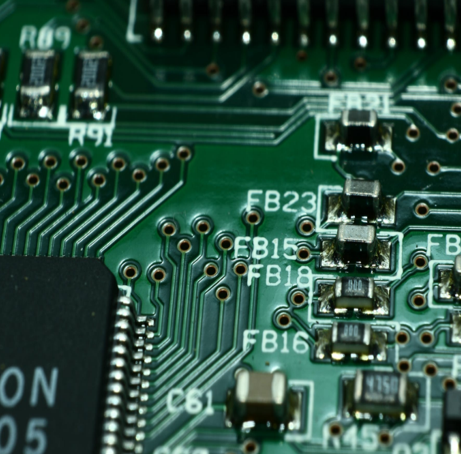
Converting vibrations into power for electronic devices
An energy harvesting apparatus and method have been developed to convert environmental vibrations into electrical energy for the purpose of powering electronic devices. The design includes a piezoelectric component that can generate an AC voltage, an AC-DC converter configured to convert the generated AC voltage to a DC voltage, an output for sending the generated current to an electronic device, and a feedback loop.
U.S. 9,455,649
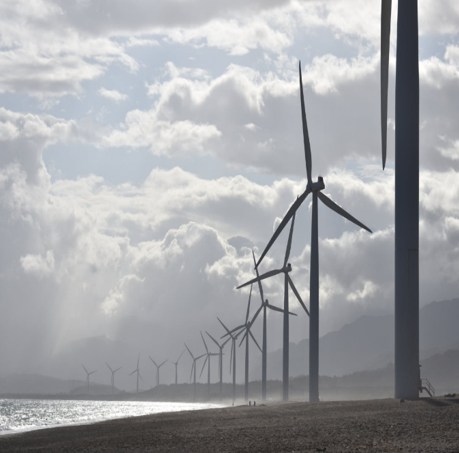
Enables widespread adoption of wind energy by improving reliability
To improve the reliability of power systems with large-scale wind power integration, different countries have specified fault ride through requirements for wind turbines in their respective grid codes. The fault tolerant system has been developed for a wind-based generation system using a doubly-fed induction generator (DFIG). The system is comprised of a DFIG wind turbine with a rotor and a stator coupled to an electrical grid, rotor-side converters, and a nine-switch convertor circuit.
U.S. 9,425,726

Improves fault handling in grid-connected systems
The system is a fault ride through (FRT) transient management system configured to enhance the FRT capability of doubly-fed induction generator (DFIG)-based wind turbines. The system is comprised of a DFIG wind turbine, rotor-side converters, grid side converters, power electronic switches for system reconfiguration, a series braking resistor, a shunt braking resistor, a low-pass LC filter, and a series transformer.
U.S. 9,461,573

Broadening market applications for ultrasound transducers
Piezoelectric micromachined ultrasound transducers (PMUTs) have emerged as a substitute to conventional ultrasonic sensors. A typical PMUT is a suspended membrane clamped at its edges and driven through piezoelectric effect by the application of an AC voltage. The tunable ultrasound transducers developed provided a range of operating frequencies that cannot be optimally addressed by a single transducer.
U.S. 8,723,399
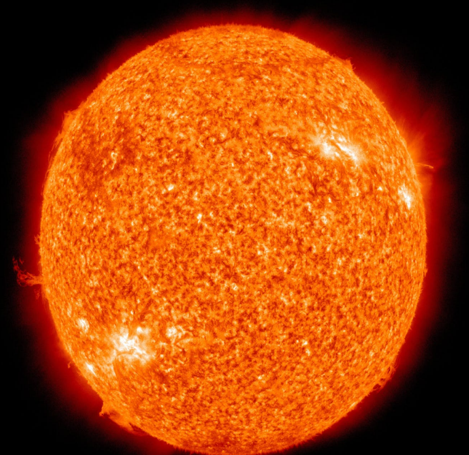
Low-cost, portable, and reliable solution for radiation measurement
Solar radiation on the earth’s surface is not only due to the direct radiation from the solar disk but also from an aureole around the solar disk. The inability to accurately measure radiation results in inefficiencies in solar power generation. The radiometers developed helps to establish optical design parameters that impact the thermodynamic performance, and consequently the economic outcomes, of solar power generation systems.
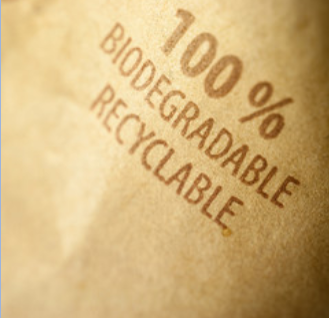
Sustainable solution for product packaging and other applications
The developed method can be used to make a biodegradable composite using an aqueous mixture comprised of partially hydrolyzed cellulose in a dissolution media; combing the mixture with a solution of an aliphatic polyester in a polar organic solvent; removing solvent and dissolution media to form a wet biodegradable composite; and drying the wet biodegradable composite to form a dry biodegradable composite.
U.S. 8,691,893